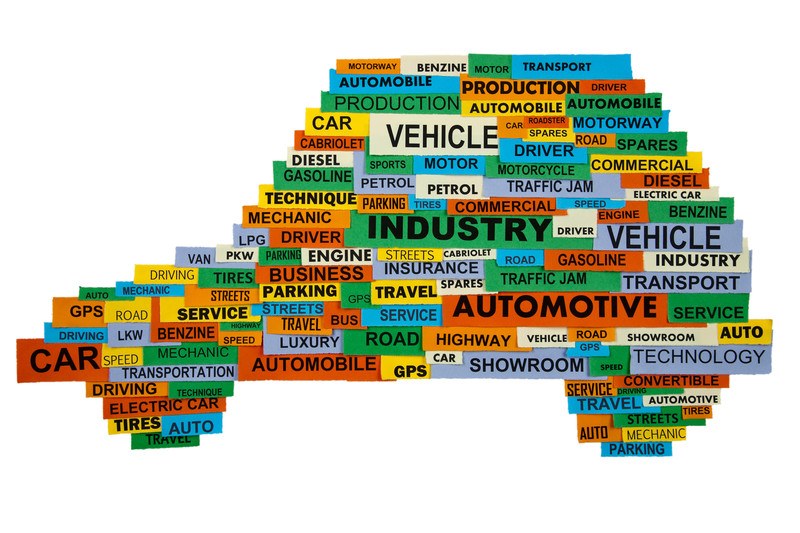
The automobile industry has undergone a number of sea changes in the past century. From four wheel drive to automatic gearbox, each change has been transformative in its own way and has made driving safer, more efficient, and more enjoyable.
More than 100 years later, the industry is still as robust as ever and evolving in many ways in response to technological development and consumer behavior.
Given here is a list of five trends that are likely to change the landscape of automotive industry in the coming years.
1. Driverless Cars
Autonomous driving is the hottest trend in the industry right now and almost all the major companies are working on a driverless car project. There are a number of reasons why experts think driverless cars are the future.
- They can reduce accidents caused by human error to a great extent. You do not have to worry about any drunk Det. Morgans from the show Dexter driving drunk into a street sign!
- People can be more productive on their commute and focus on a variety of different endeavors, rather than being forced to keep their eyes on the road.
- They can be extremely beneficial for elderly people and physically handicapped people, who generally struggle to drive regular cars.
- Unlike human drivers, autonomous cars are not likely to exceed the speed limit, jump the lights, make unsafe lane changes, or drive in a reckless manner in general. So, our roads will be a lot safer.
There are five levels of autonomous driving technology, of which the first three levels have already been implemented in cars successfully. The fourth level, which is mostly autonomous, is what carmakers are working on right now. The fully autonomous fifth level will take some time, but we can definitely expect to see major developments in the fourth level in 2018.
2. Internet of Things (IoT)
IoT could make cars a lot more than just a means of transportation. It can transform them into ‘devices on wheels’, which can offer personalized driving experience. There will be a three-way communication between drivers, vehicles, and manufacturers, with streams of data getting exchanged in the process.
Based on your preferences, the manufacturer will be able to offer you personalized set of apps, infotainment options, and more. The manufacturer will also be able to monitor your vehicle’s performance in real time and offer remote diagnostics services and give you periodic reminders regarding maintenance services.
3. Crossover Vehicles
Crossover vehicles have become very popular in the past few years and have emerged as the favorite choice of baby boomers, who continue to influence buying trends even today. These vehicles are a mix between SUVs and sedans – with the spaciousness of the former and the fuel efficiency of the latter. They outsold regular cars in 2016 and are likely to remain popular with a significant section of the driving population.
Though many people do not care of them because they believe if you want to drive a sedan or an SUV then you should, combining them does not make that much sense for a number of reasons, nevertheless, they are still popular.
4. Shared Mobility
Car sharing and on-demand mobility services will continue to become more and more popular, particularly in densely populated, large cities.
The demand for shared mobility services is likely to be driven by a host of macroeconomic factors and the fact that driving a car has become a highly stressful experience in many parts of the world today. It also helps that taxes were lowered in America and America’s economy continues to improve because of less regulations and lower taxes. This is wonderful for about every industry including the automobile one.
Shared cabs are more affordable and they offer you the luxury of stress-free commute to and from work. Industry analysts predict that the sales of private vehicles will drop in the coming years as e-hailing and other such mobility services become more affordable and reliable.
5. High Performance Electric Cars
One of the main reasons why electric vehicles are still not able to compete with fossil fuel based vehicles is that the charging process is time-consuming and cumbersome. It will, however, change in 2018.
Specialized, high-capacity batteries that can be charged in a matter of few minutes and EVs that can cover long distances on a single charge could soon become the norm in the industry. For example, Honda is developing batteries that can be charged in 15 minutes and can run 150 miles on a single charge.
Similarly, Tesla is developing mega chargers that can provide 400 miles range on a single 30-minute charge. If the trends continue, EVs could emerge as a better alternative to fossil fuel based vehicles, with or without the subsidies.